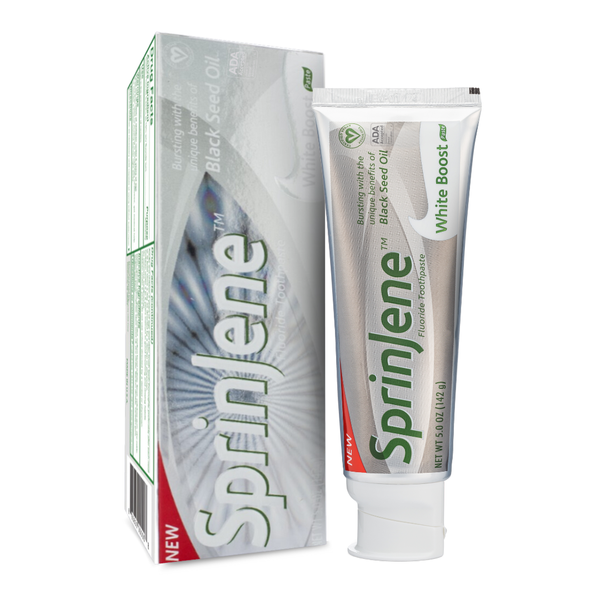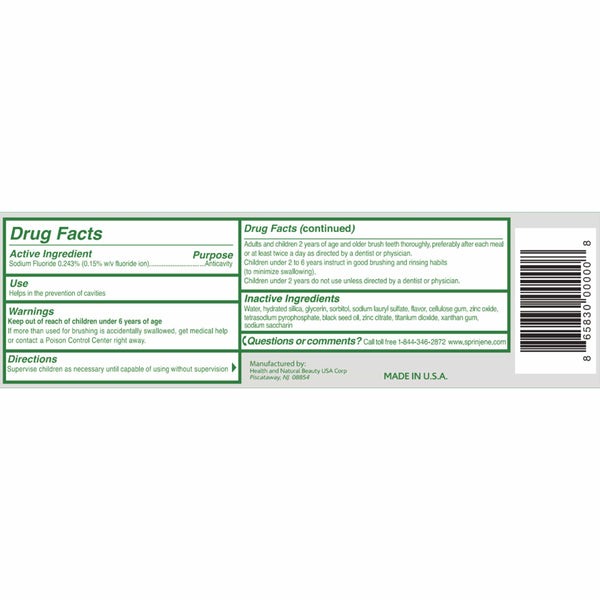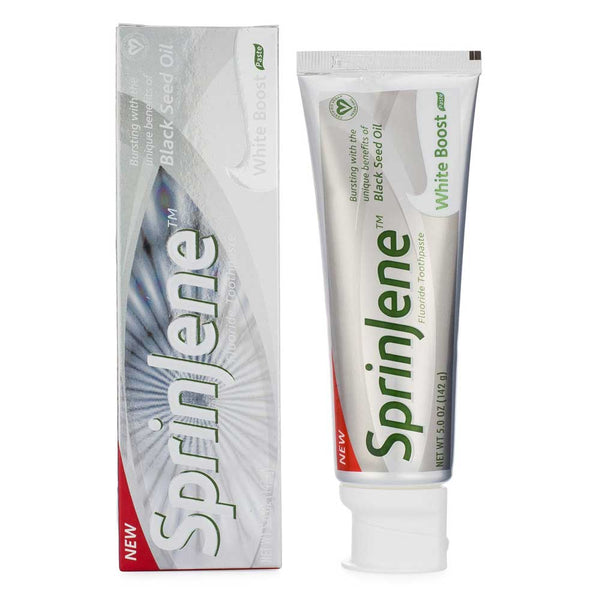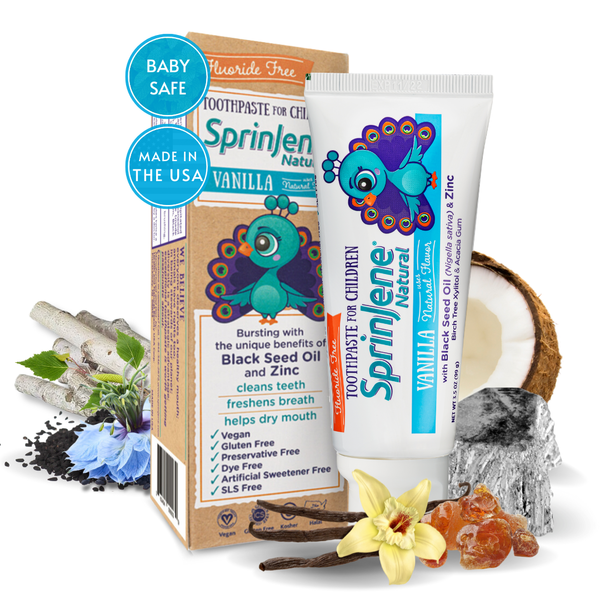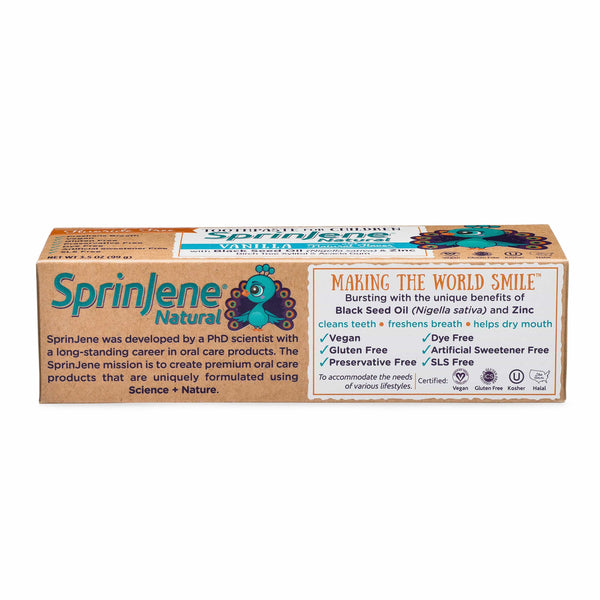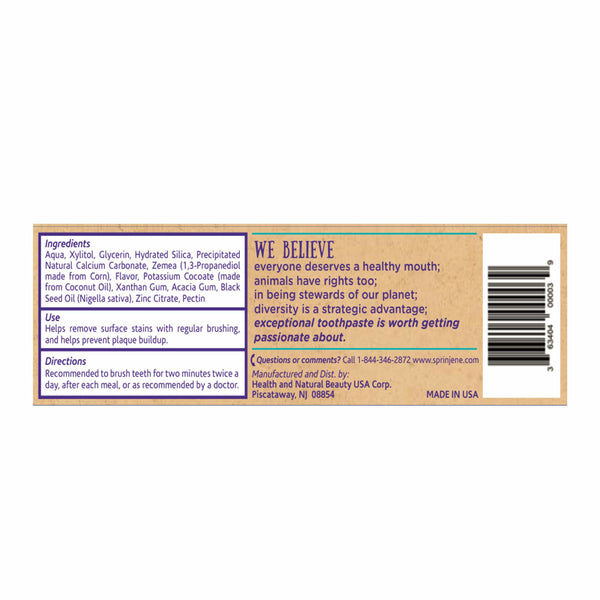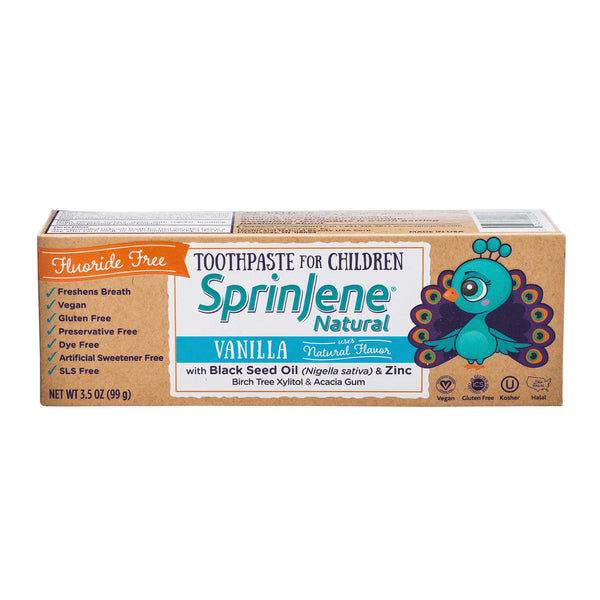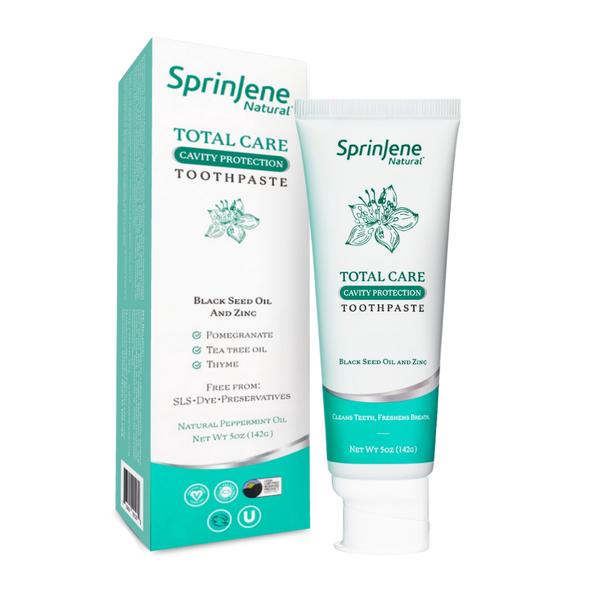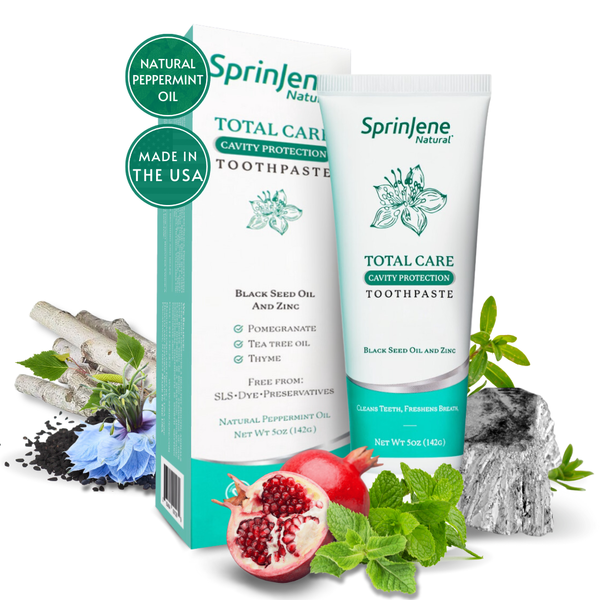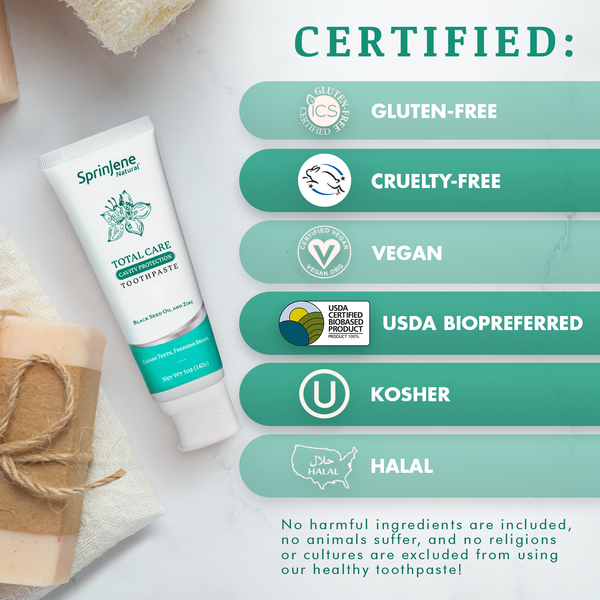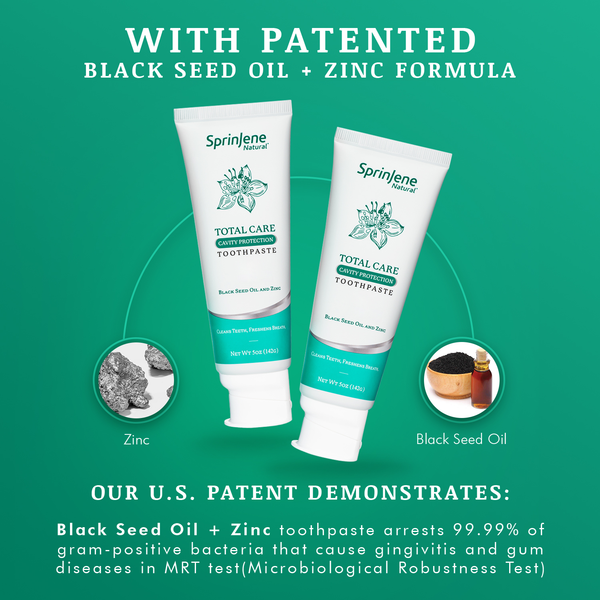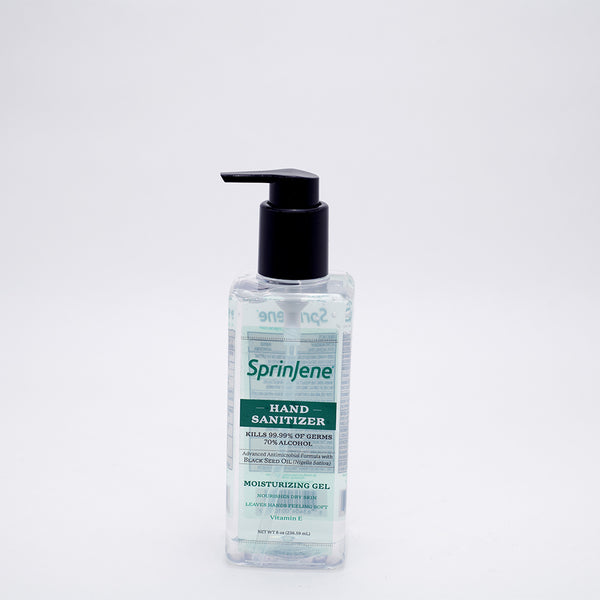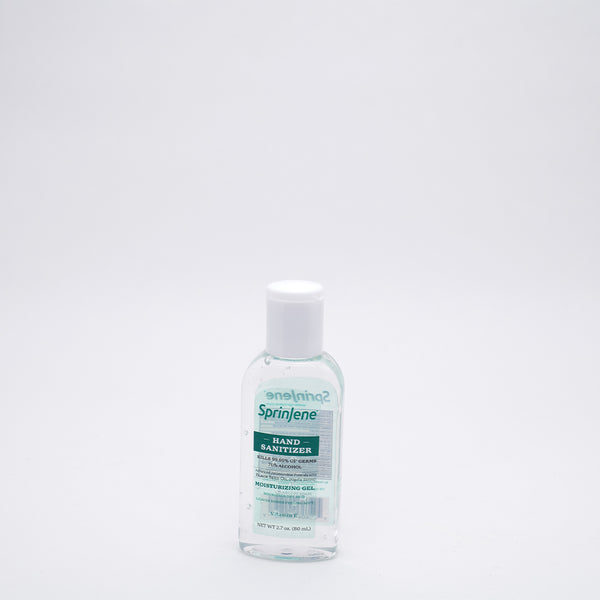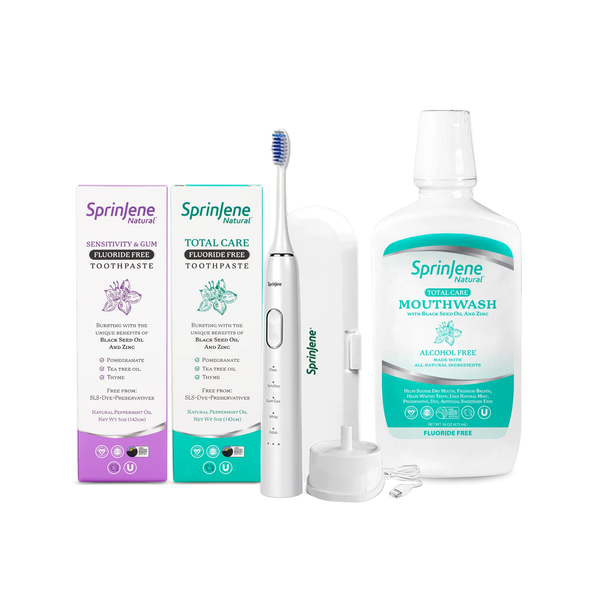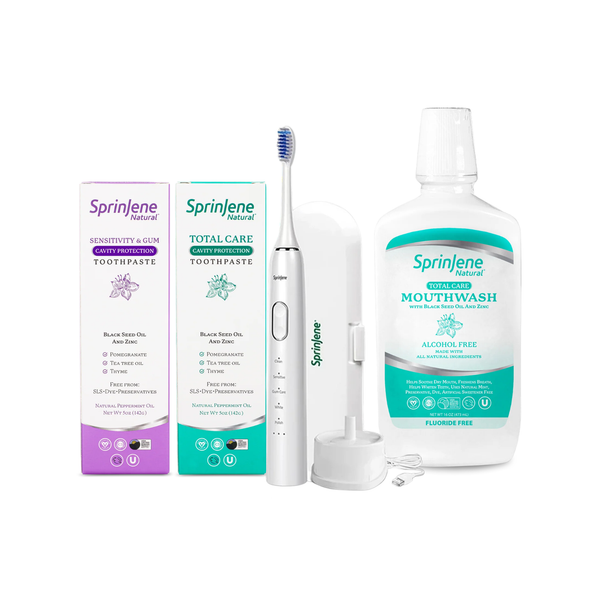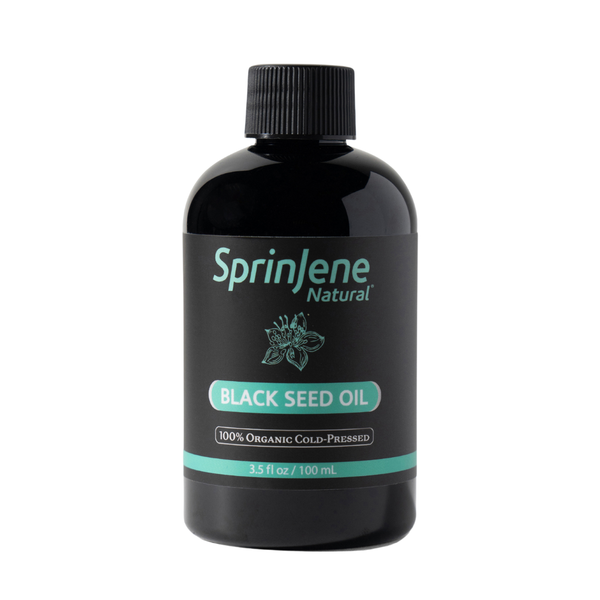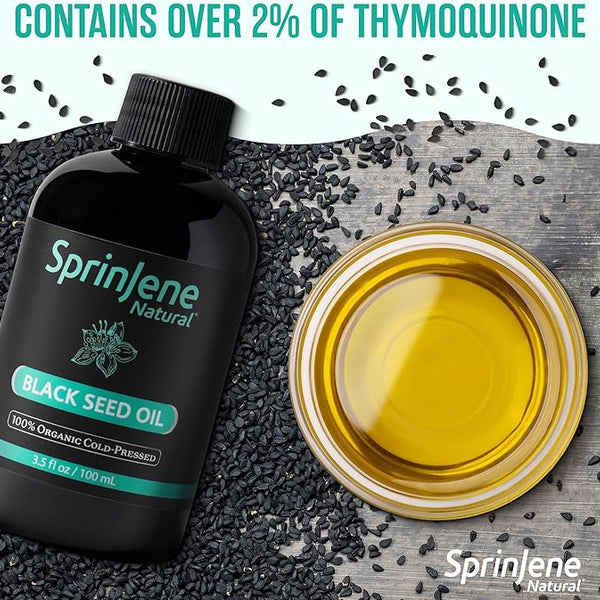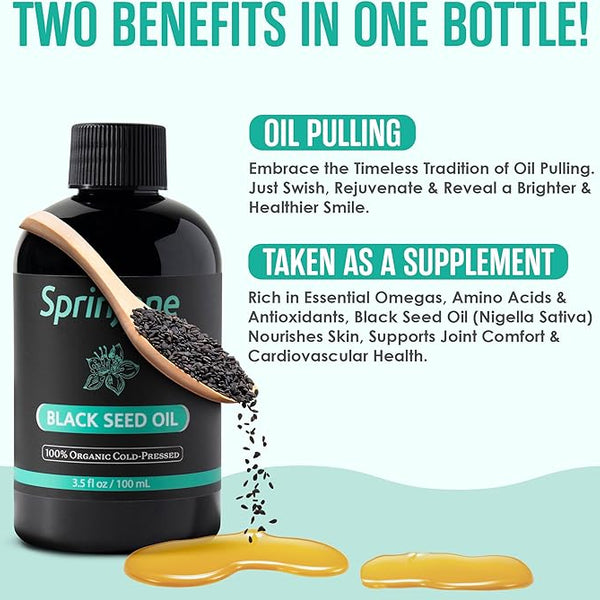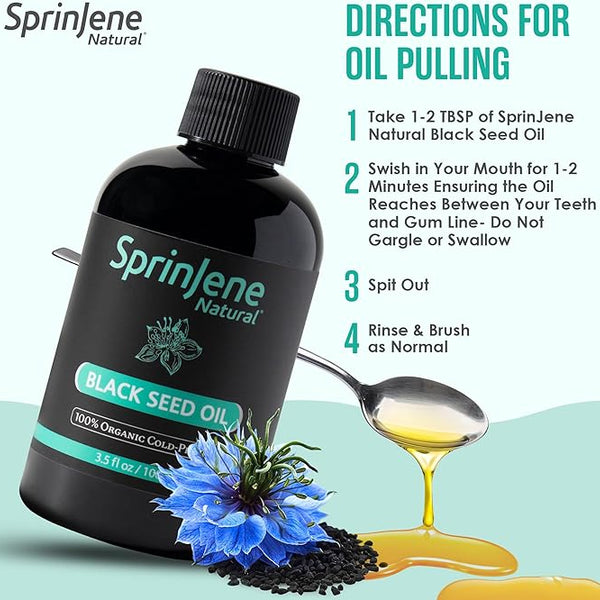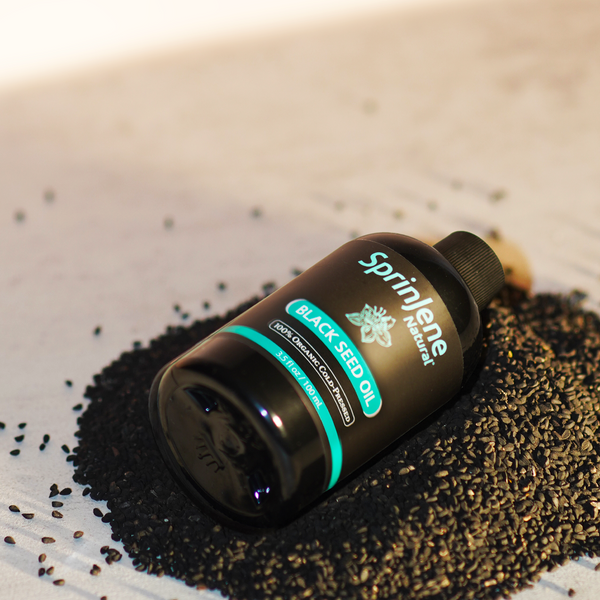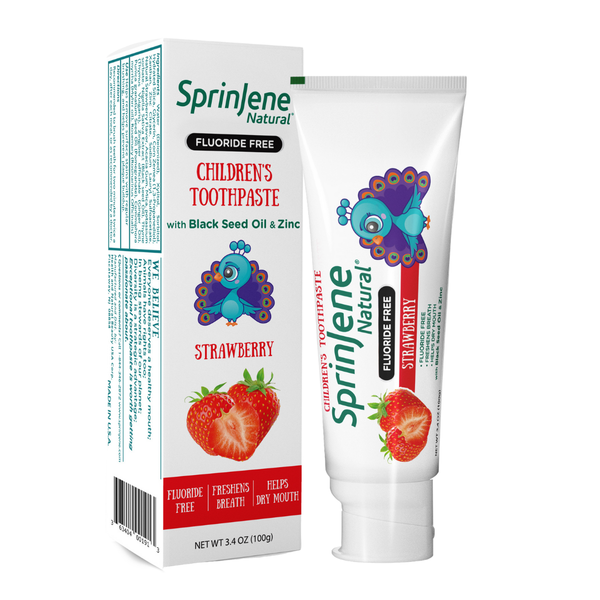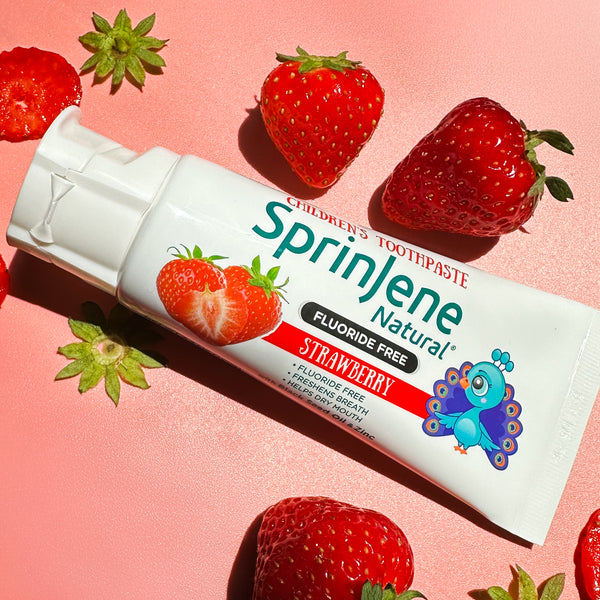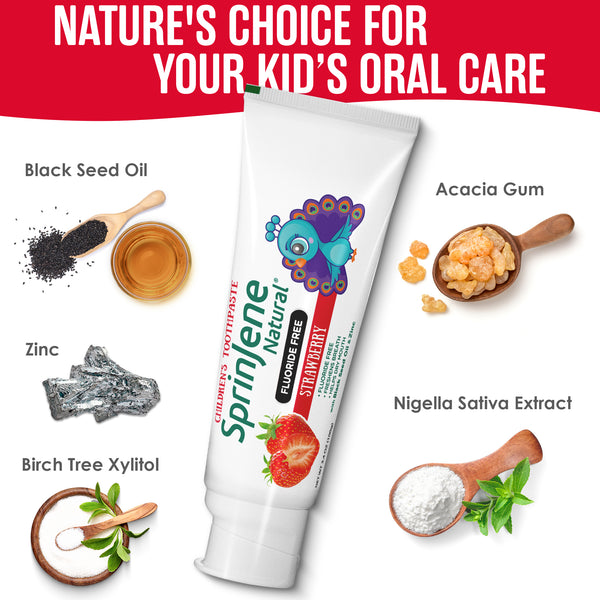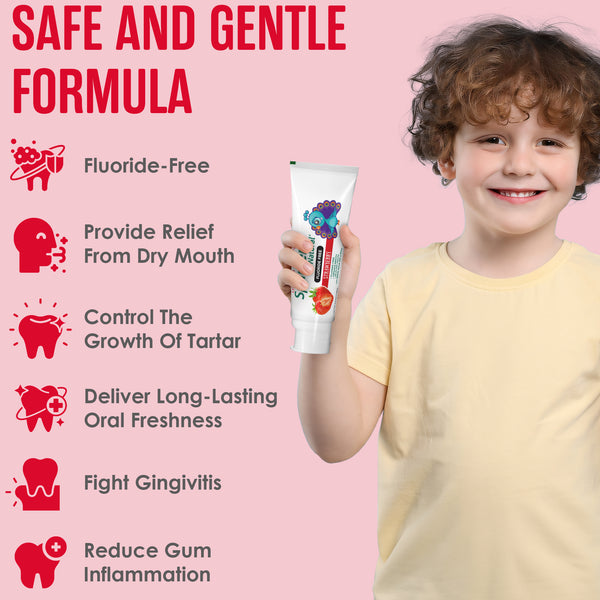Fluoride is a necessary mineral found in water, soil, plants, and some foods. This results in the pervasive integration of fluoride into toothpaste and related dental commodities. Our exploration navigates the natural reservoirs of fluoride, its merits, plausible toxicity apprehensions, and its pivotal role in sustaining peak oral health.
I. Natural Sources of Fluoride:
Aqueous Sources
In many water bodies[1], both above and below the ground, you can find varying levels of fluoride. It occurs naturally as water seeps through rocks and soil containing fluoride compounds. Certain areas in Africa, Asia, and North America naturally have more fluoride in their water sources. Natural water sources play a crucial role in contributing to fluoride intake for different populations.
The amount of fluoride in water varies based on the geological features of an area. In places with high natural fluoride levels, it significantly adds to the overall fluoride intake. Initiatives introducing water fluoridation in specific regions aim to ensure communities receive the right fluoride level for dental health.
Soil and Rock Formations
Fluoride compounds seep into soils and rocks[2], gradually releasing fluoride into the environment. As plants grow, they absorb fluoride from the soil, leading to different fluoride levels in various plant-based foods.
Vegetation and Edibles
Tea leaves, especially black and green varieties, naturally collect fluoride during their growth phases. Some other foods, like seafood, raisins, grapes, potatoes, spinach, and carrots, may contain small amounts of fluoride.
Certain plant-based foods naturally gather fluoride, either from the soil or through alternative means. Sea creatures, such as fish and shellfish, can also have fluoride, the quantity depending on the species and habitat. Specific fruits and vegetables, like raisins, grapes, potatoes, spinach, and carrots, may also contain minimal fluoride levels.
Understanding these natural sources of fluoride provides insights into how it becomes part of our daily intake. Knowing about fluoride in water, soil, and food is important for dental health and making informed choices in oral care.
Fluoride in water and soil gets into our food, which adds to our overall fluoride intake. This knowledge underscores the importance of initiatives like water fluoridation, ensuring communities receive an appropriate fluoride level for their dental well-being.
As we enjoy a variety of plant-based foods and seafood, it's worth recognizing their trace amounts of fluoride and how they fit into our broader oral health considerations. Through this understanding, we empower ourselves to make informed choices for a healthier smile.
II. Merits of Fluoride:
Dental Caries Aversion
Fluoride fortifies tooth enamel, rendering it more resilient to acid onslaughts from plaque-forming bacteria.
It promotes the restoration of minerals, helping to fix early tooth decay and prevent cavities.
The primary boon of fluoride in oral health lies in its capacity to thwart tooth decay and cavities.
Fluoride in the mouth strengthens tooth enamel by adding minerals like calcium and phosphate. This makes the enamel more resistant to acid attacks.
Fluoride in plaque stops acid-producing bacteria, lowering the risk of tooth decay.
Mitigation of Tooth Sensitivity
Fluoride mitigates tooth sensitivity by obstructing pathways that transmit sensations to the nerves.
It helps with tooth sensitivity, a common dental problem that causes discomfort or pain when eating hot, cold, or sweet foods.
The process involves blocking the tiny passages on the tooth that transmit sensations to the nerves.
Fluoride enhances overall satisfaction and pleasure by reducing sensitivity during consumption.
Halting Inceptive Tooth Decay
Fluoride can stop tooth decay from getting worse and can strengthen weakened enamel, preventing cavities[3]. It helps repair and strengthen affected areas of the teeth.
This preventive measure substantially curtails the necessity for more intrusive dental interventions like fillings or dental restorations.
Reference:
1. Sociomed, M. (2016). Flouride: A review of use and effects on Health. https://www.ncbi.nlm.nih.gov/pmc/articles/PMC4851520/.
2. Looie, S., Moore, F., Jacks, G., & Katebdari, M. (2012). Geological sources of fluoride and acceptable intake of fluoride in an endemic fluorosis area, southern Iran. PubMed. https://pubmed.ncbi.nlm.nih.gov/22426705/
3. O'Mullane, D., Baez, R., Jones, S., Lennon, M., Petersen, P., Rugg-Gunn, A., Whelton, H., & Whitford, G. Fluoride and Oral Health. Community Dent Health. 2016 Jun;33(2):69-99. PMID: 27352462.











